Spanish Photographer Pablo Padira’s First Time Shooting with the Berlin Kino B&W 400 ISO
5 Share TweetLet's get to know Spanish photographer Pablo Padira in this interview as he shares his thoughts about his first experience with the Berlin Kino B&W 400 ISO film.
Hi Pablo, welcome! Could you make a small introduction to the readers of our Online Magazine?
Hello there! I'm from the south of Spain: from Cádiz, the capital. I was born here 42 years ago and Cádiz is where I have lived all my life except for a 4-year hiatus that I did in Barcelona. My love of photography started when I was little, I always carried a camera to all school trips, but the real passion started about 10 years ago or so. In that period I started studying at a photography school in my city and I started to research authors and, the most important thing, my real photography training began.
Tell us more about your photographic background.
As I already mentioned, it all started when I was a boy: I used to take photos, but without any expectations. Then, when I was 32, I really got fully into photography. I started with a beginners course and from there I attended several courses, until I joined a professional photography school. There, I rediscovered analog and it was the time when I told myself that all my personal work should have been done in analog. Since I love crafts, I thought it would have been the best way to balance my two passions.
I attended some classes focused on authors, taught by a photographer from my area (Julián Ochoa), which helped me to get to know many new authors and their works, which in the long run increased my photographic culture.

These wonderful photos were taken with the Berlin Kino B&W 400 ISO: what are the features that impressed you the most? And what is the characteristic that you liked the least?
I was very struck by the way the film is presented, it comes very protected. Due to my lack of habit with this film I advise you to tighten the film well at the end so that light does not enter it. In its favor, it is a film very rich in grey tones. Right now I am printing some photos and I have to get used to this film to obtain the contrast I like, but the first impressions are pleasing me because of the number of greys that can be obtained.
What camera did you use for these photos?
For 120 I usually use my Hasselblad as I think it is a fantastic camera for portraits. It is a camera that needs time and observation to get the most out of the 12 photos you want to take. For this series, I shot a bit of everything.
Did the type of film influenced the choice of the subjects?
Not really: as it was the first time for me to use this film, I simply decided to shoot at the beach, as I knew I could find different subjects and scenarios.
In your website you mention that the lab is your second home: when did you start your darkroom?
In the beginning, my darkroom was in a garage that I rented for my car, but leaving my house in the evening to go to the garage was very difficult for me as I was already at home in my pajamas. Right now the darkroom is located inside my house, so, if at 11 pm I want to use it, I don't have to go out on the streets: I simply leave the living room and enter the darkroom. For me, it's much more comfortable and I can use it much more often. On my website www.pablopadira.com, you can see many posts about the darkroom.
And what's the most challenging thing about keeping up with a darkroom?
For me the most important thing is to have it at home, it encourages you to practice more and it's the moment of the day that you dedicate to yourself and your things. Another important thing is not to stop shooting because that will encourage you to print the photos on paper because, in the end, to be able to see your photo on paper is the way to finish your work as a photographer.
Did you develop the photos taken with the Berlin Kino in your laboratory? If so, can you share the technical part of it?
I developed the film at home (in my laboratory), after checking in your website the instructions on how to develop it (it would be good if this chart was written on the film packaging). I used Kodak HC-110 developer at 20º and the time indicated was 8 minutes and 7 seconds for the 1+31 solution.
What photographic equipment do you take with you on your travels?
Well, my equipment is very simple, I don't like to carry a lot of weight as I normally spend the whole day walking. The most important thing is to wear good shoes, without them it is impossible to take pictures haha. I usually carry two cameras, a Nikon fm2 with 24mm for street photography and a Hasselblad c/m with a 80mm. As you can see all my equipment is manual, that way I avoid battery problems. I also bring with me a handheld light meter and a black bag so, in case I have any issues, I always have with me a darkroom.
Do you have interesting projects or collaborations planned?
Right now I am working on two different projects, but I cannot tell you more. Recently I've been participating in photographic festivals in Spain: last year at the REVELA´T festival in Vilassar de Dalt, Barcelona and on October 1st I will also exhibit at FESTCOMARCASPHOTO in Huelva.
Check out Pablo's works on his Instagram and website. Click here to purchase his prints.
written by melissaperitore on 2021-10-02 #gear #culture #spain #berlin-kino-b-w-400












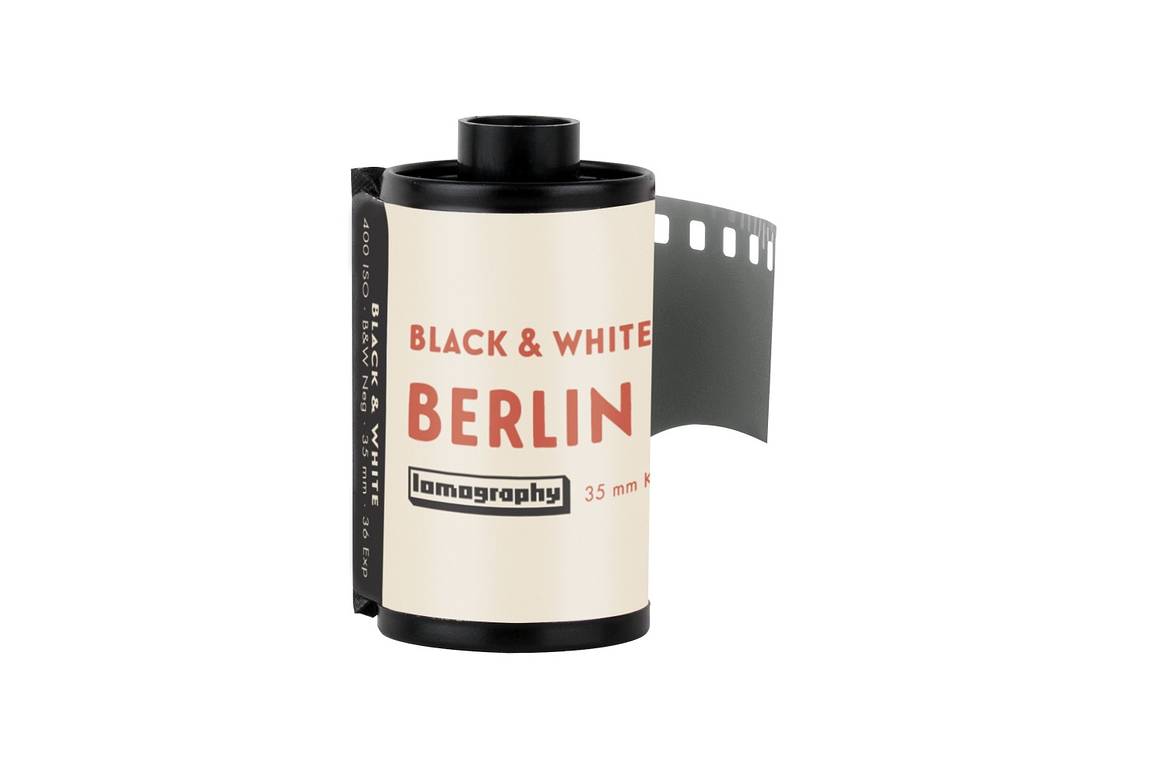




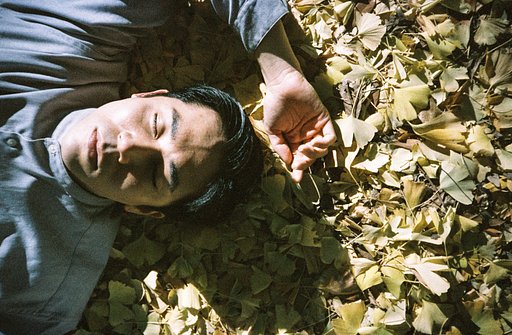
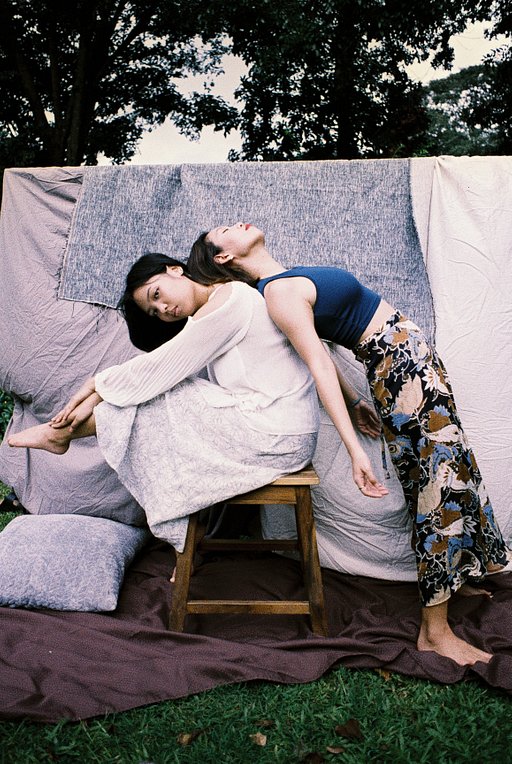
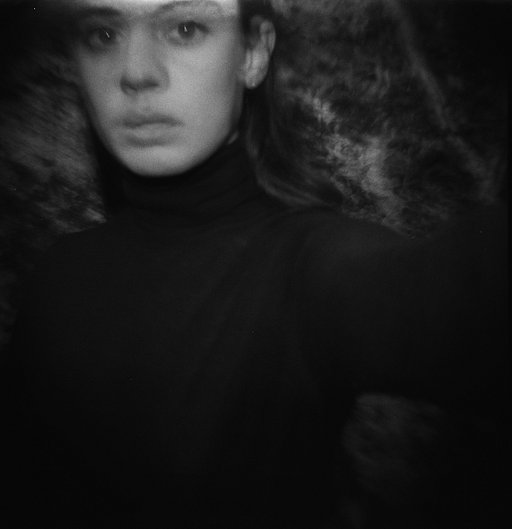





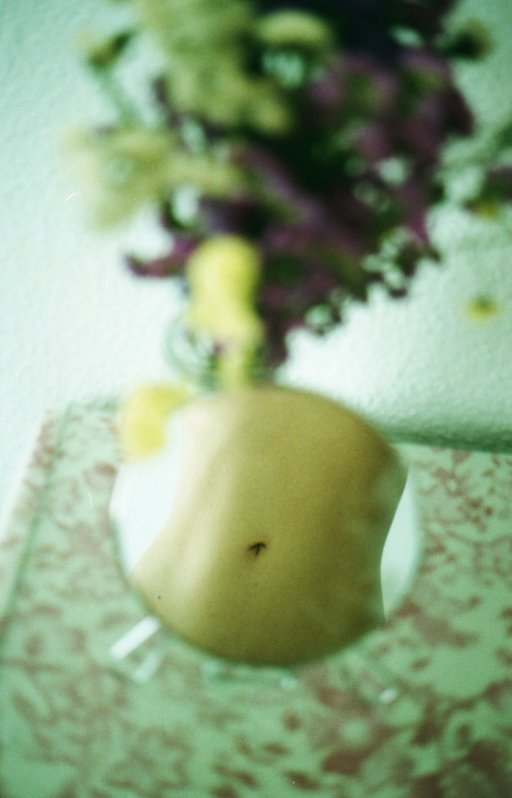



No Comments